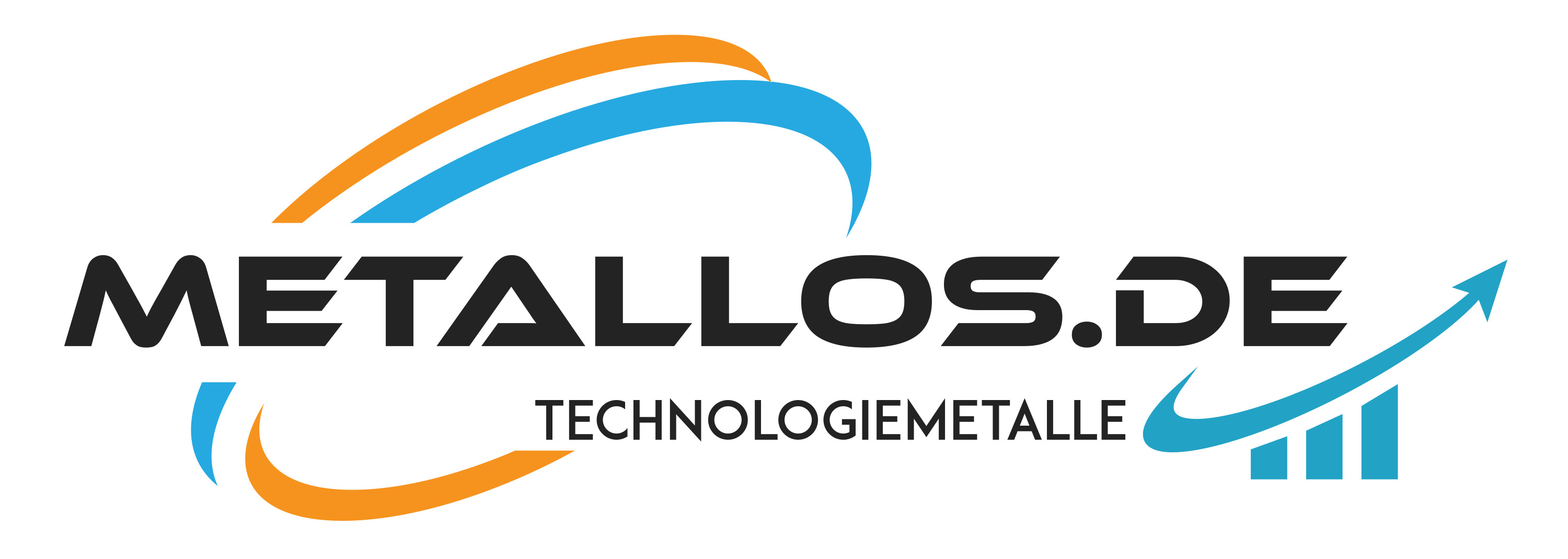Scandium metal 99.99%, rare earth metal
Description
Scandium metal 99.99%, rare earth metal
Buy now high purity scandium metal with min 99.99% purity
Scandium metal is a rare earth metal With us you get the best price for 1kg Scandium Metal
The current scandium price is stable at the moment.
It is just at 7499€/kg, so you should buy scandium metal now.
buy 99.9% scandium
price scandium 1kg 7499 euro
- Deliverable within 10 - 12 working days by GLS or DHL
- Purity: min.: 99,99%
Due to its density, scandium is a light metal. When exposed to air, it becomes dull and forms a protective yellowish oxide layer. Scandium reacts with dilute acids to form hydrogen and trivalent cations. In water vapor, conversion to scandium oxide Sc2O3 occurs at 600 °C and above. In aqueous solutions, Sc cations behave similarly to aluminum, which often causes difficulties in analytical separations. It is said to be stable in a mixture of nitric acid and 48% hydrogen fluoride.
Application
Scandium's main application is as scandium iodide in high-power, high-pressure mercury vapor lamps, for example for stadium lighting. Together with holmium and dysprosium, it produces a light similar to daylight. Scandium is also used to make laser crystals. Scandium oxide is added to magnetic data storage devices to increase the rate of remagnetization. Scandium as scandium chloride is used in micro quantities as a very important ingredient in the catalyst used in hydrogen chloride production. As an alloy additive, scandium exhibits microstructure stabilizing and grain size refining effects. An aluminum-lithium alloy with a small addition of scandium is used to make some components in Russian fighter planes. Scandium alloys are also used in the modern bicycle industry (see racing bicycle). These alloys also contain relatively little scandium. Scandium powder is combustible and therefore classified as a fire hazard.
- High-power, high-pressure mercury vapor lamps; laser crystals;
- Laserkristalle;
- in the catalyst in the production of hydrogen chloride;
- Scandium alloys in bicycle construction (frames) and aircraft construction (some components).
Extraction
The starting material is mainly thortveitite, which is processed in several steps to scandium oxide. Metallic scandium is then produced by reaction to fluoride and reduction with calcium.
Scandium was discovered in 1879 by Lars Fredrik Nilson. He isolated an oxide with previously unknown properties from 10 kg of euxenite and gadolinite. He named the new element he suspected "scandium" in honor of his homeland. As early as 1869, Dmitri Ivanovich Mendeleev predicted an element eka-boron with atomic number 21. It was Per Teodor Cleve who later recognized the correspondence of scandium to eka-boron.Pure scandium was first produced electrolytically in 1937 from a eutectic melt of potassium, lithium, and scandium chloride at 700 to 800°C. Scandium belongs to the rare elements. It does not occur as an element, but is found in enriched form in some rare minerals:
Thortveitite: (Sc,Y)2Si2O7
Euxenite: (Y,Ca,Ce,U,Th)(Nb,Ta,Ti)2O6
Gadolinite Y2Fe2+Be2Si2O10
Ixiolite: (Ta,Nb,Sn,Mn,Fe)4O8
Bazzite: (Sc,Al)2Be3Si6O18
Kolbeckite: ScPO4 - 2 H2O
Symbol: Sc
Electron configuration: [Ar] 4s²3d¹
Melting point: 1.541 °C
Atomic number: 21
Atomic mass: 44.955912 u
Cas: 7440-20-2
